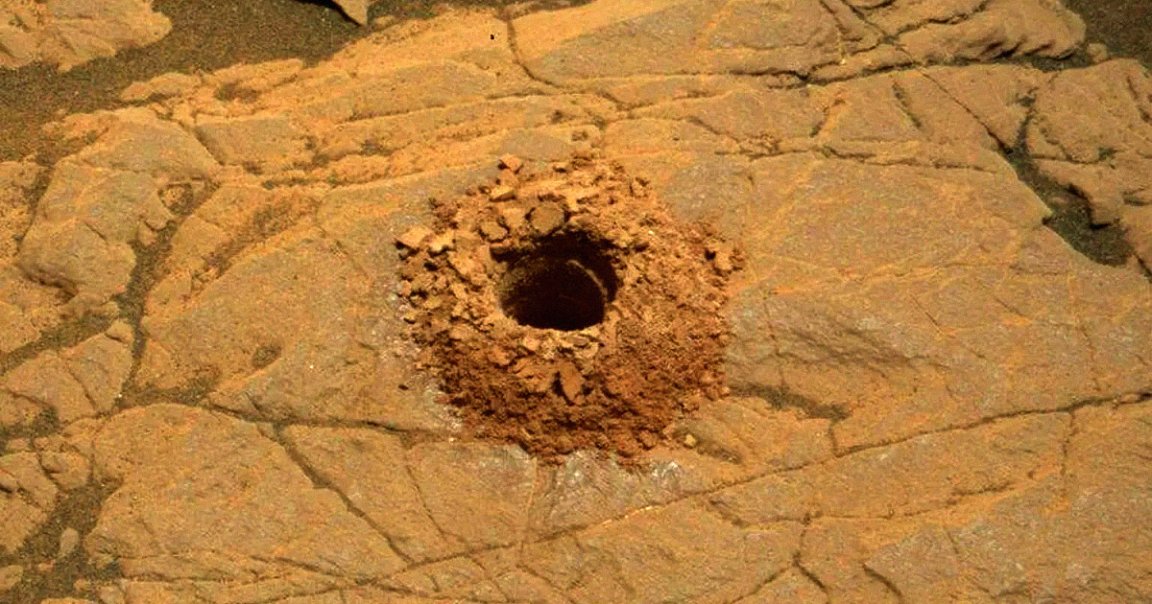
Erasing Evidence
According to new research, acidic fluids may have long destroyed evidence of past biological life inside Martian clay — possibly explaining why it’s been so difficult to find evidence of ancient life on the Red Planet.
The Cornell and European researchers claim that new experiments, detailed in a paper published today in the Nature journal Scientific Reports, show that such fluids could put serious constraints on the possibility of finding evidence of early life on the planet’s surface.
Researchers have long targeted Martian clays to collect samples, as they could protect any possible organic material inside.
“We know that acidic fluids have flowed on the surface of Mars in the past, altering the clays and its capacity to protect organics,” Alberto Fairén, visiting scientist in the Department of Astronomy in the College of Arts and Sciences at Cornell and co-author of the paper, said in a statement.
Without a Trace
In a series of experiments, the team simulated the Martian surface conditions inside a lab. Their goal was to preserve a specific amino acid called glycine inside clay samples. These clay samples had previously been exposed to acidic fluids, simulating the planet’s conditions.
“We used glycine because it could rapidly degrade under the planet’s environmental conditions,” Fairén said. “It’s perfect informer to tell us what was going on inside our experiments.”
After administering ultraviolet radiation, the glycine molecules degraded inside the clays.
“When clays are exposed to acidic fluids, the layers collapse and the organic matter can’t be preserved,” Fairén explained. “They are destroyed.”
“Our results in this paper explain why searching for organic compounds on Mars is so sorely difficult,” he added.
READ MORE: Study shows difficulty in finding evidence of life on Mars [Cornell University]
More on Martian life: Evidence of Life on Mars Found by NASA Rover